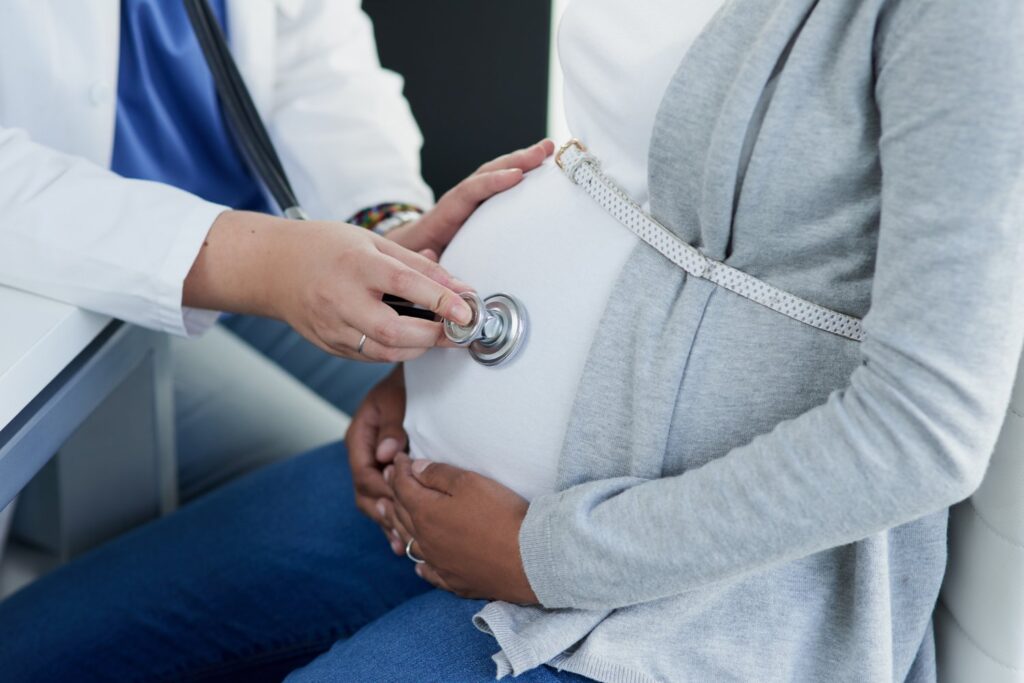The challenge of finding practical, safe medications for pregnant women has been a longstanding issue, often leading to the prescription of drugs off-label or the avoidance of treatment altogether.
A groundbreaking study has now presented a promising approach for creating safe gene therapies for pregnant individuals, potentially transforming the landscape of prenatal care.
The revolutionary use of lipid nanoparticles (LNPs), which gained widespread attention through their application in COVID-19 mRNA vaccines, is at the forefront of this research. These LNPs have been administered to hundreds of millions, including pregnant individuals, demonstrating their potential for broad applications. Carnegie Mellon University researchers are at the cutting edge of this field, exploring how gene-level therapies can address various diseases.
Kathryn Whitehead, a chemical engineering and biomedical engineering professor at Carnegie Mellon, is in charge of this new frontier. She is pioneering the study of mRNA delivery, specifically during pregnancy, to ensure that future genetic medicines are beneficial and safe for expectant mothers. “In thinking about the future of genetic medicine, we would like to understand what could be good for pregnant people as well,” Whitehead emphasises, highlighting her research’s inclusivity and forward-thinking nature.
Her recent publication in the journal PNAS offers valuable insights into designing LNPs for pregnant women, emphasising the importance of structural considerations. Since LNPs serve as the delivery mechanism for mRNA into cells, understanding their behaviour during pregnancy is crucial. This is particularly complex given the physiological and immunological changes that occur during pregnancy, which could potentially alter the interaction between the body and these nanoparticles.
One of the core challenges in this domain is the adaptation of delivery vehicles for pregnant individuals. The immune system’s altered response during pregnancy necessitates a thorough examination of how these changes affect the safety and efficacy of LNPs. Whitehead’s research sheds light on this by demonstrating that the immune response to LNPs and their subsequent effects depend highly on their chemical composition.
Delving into the specifics, Whitehead’s team analysed over 260 lipids, categorising them based on their immune reactivity and efficacy. This extensive study confirmed that specific lipid compositions do not cross the placental barrier, a crucial finding for prenatal treatments. The placenta plays a vital role in filtering nutrients and protecting the fetus from potential toxins, making it a critical consideration in drug delivery during pregnancy.
The implications of Whitehead’s research extend beyond mere drug delivery; they offer a pathway to addressing placental dysfunctions, such as preeclampsia. “If we can deliver mRNA to the placenta, then it opens up opportunities for therapy and also to explore why these diseases are happening,” Whitehead points out. This approach could revolutionise the treatment of common yet complex pregnancy-related conditions.
Moreover, the study identified specific lipid nanoparticles that could hinder fetal development due to their inflammatory properties. This finding is crucial for developing future therapies, as it highlights the importance of the structural composition of LNPs in ensuring their safety during pregnancy.
The research benefited greatly from collaborations, particularly with the Magee-Womens Research Institute. As the study progresses, Whitehead looks forward to forging new partnerships and broadening the scope and impact of her work. Her vision for the future includes the development of novel, safe treatments for maternal disorders such as preterm birth and preeclampsia, potentially within the next decade.
Whitehead’s dedication to making genetic medicine inclusive and safe for pregnant individuals not only paves the way for innovative treatments but also addresses a critical gap in prenatal care paves the way for innovative treatments and. Her work is a testament to the potential of combining cutting-edge technology with thoughtful, inclusive research practices, offering hope for safer, more effective treatments for expectant mothers and their unborn children.
Author:
Arnold Kristoff
Content Producer and Writer
Nano Magazine | The Breakthrough


